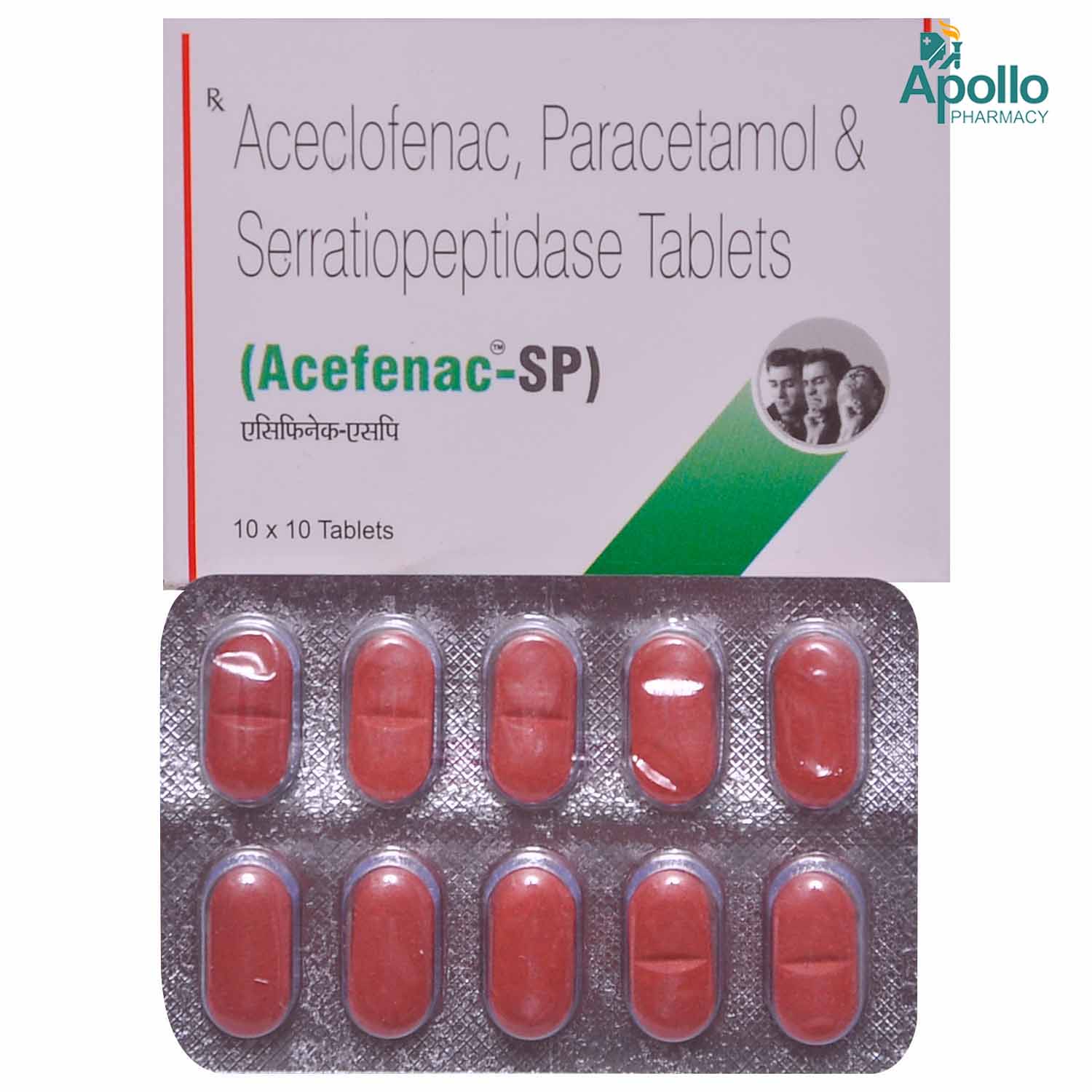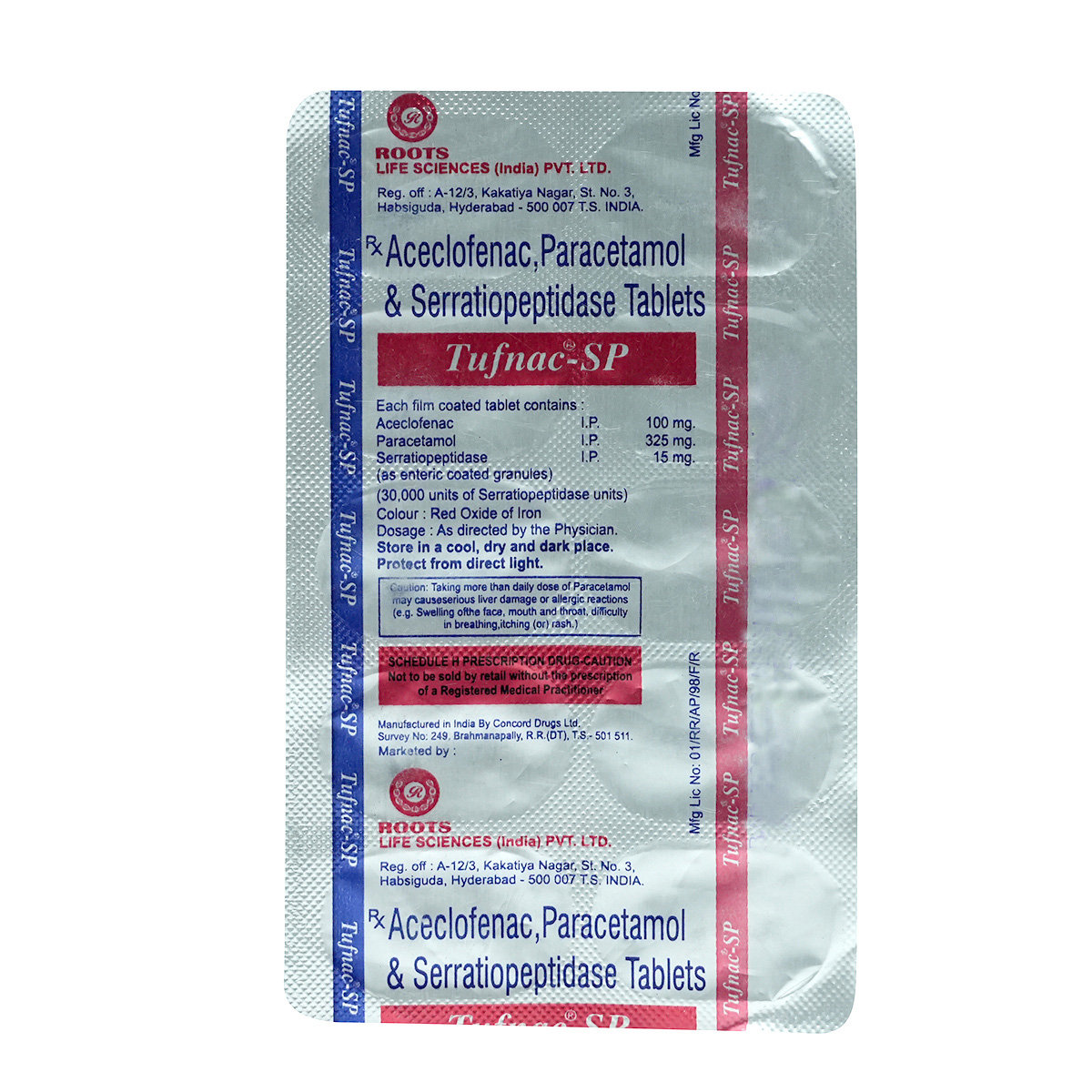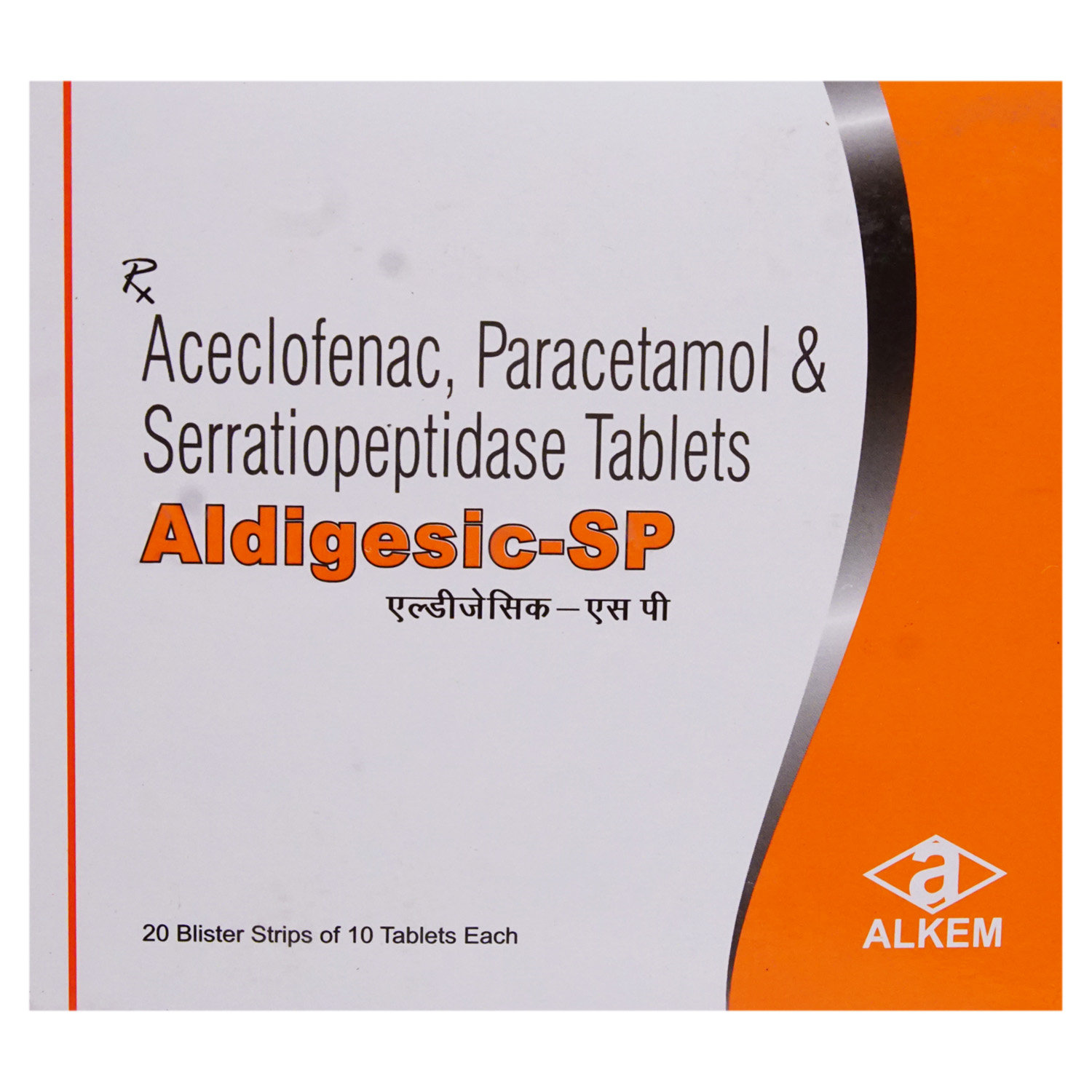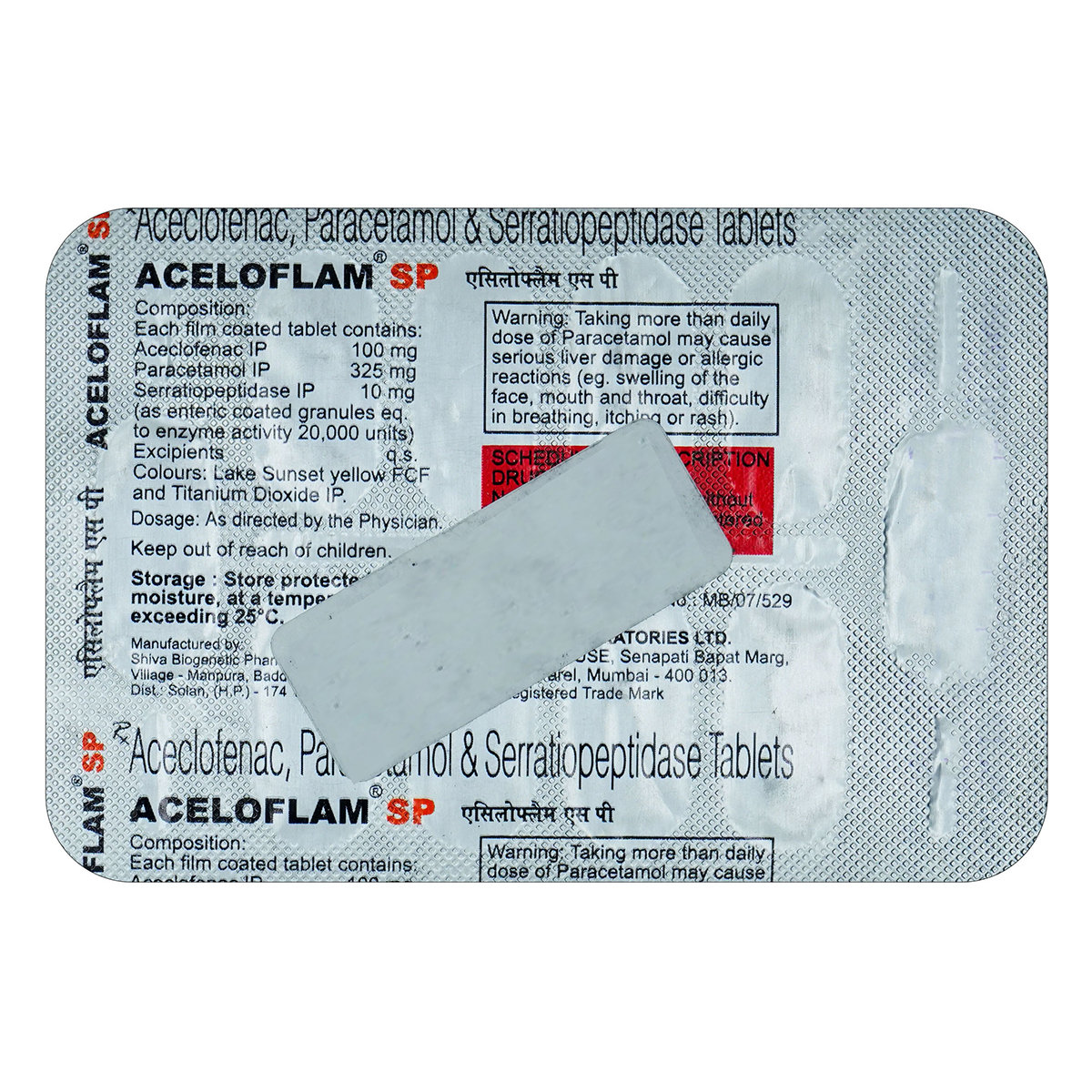PAINACT SP TABLET
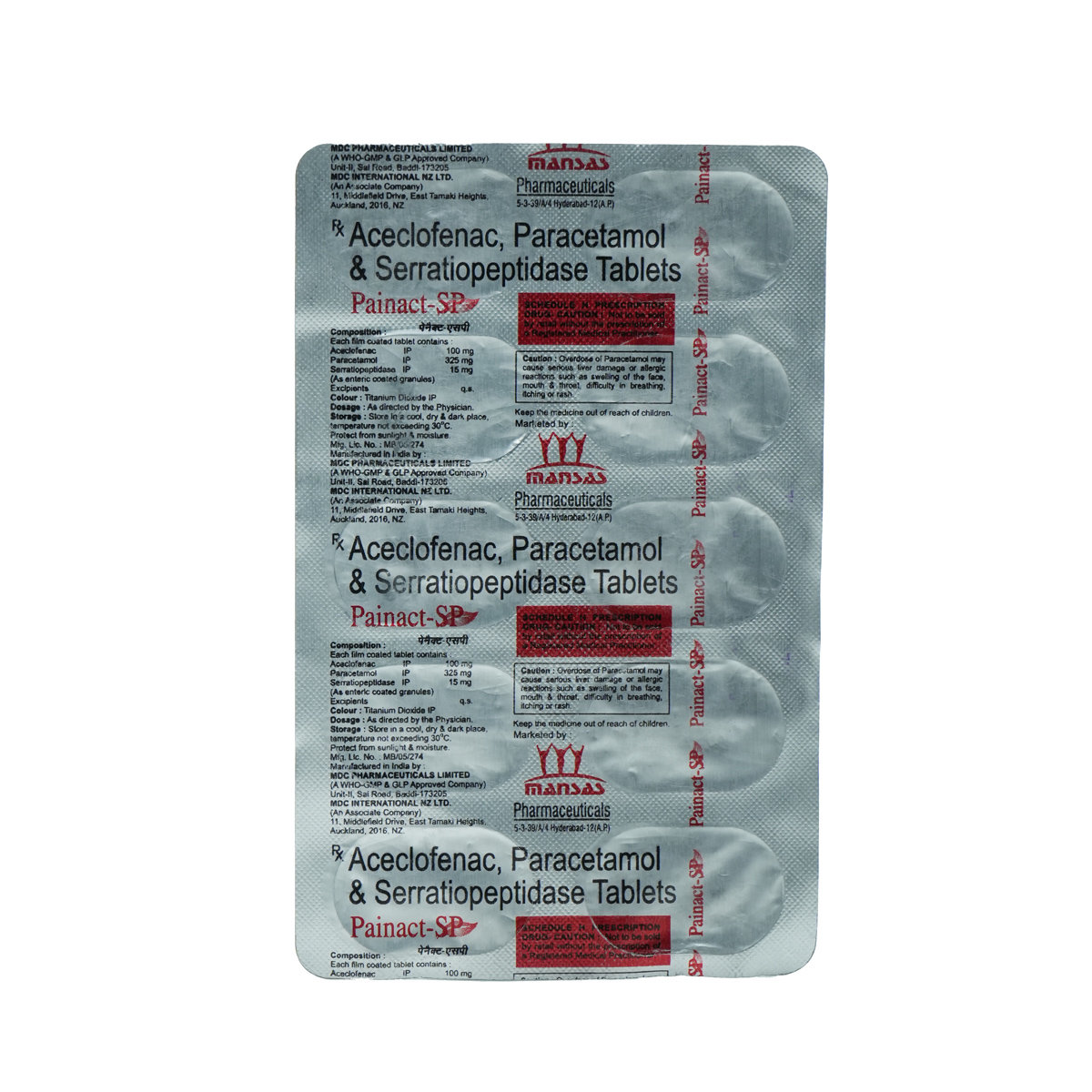
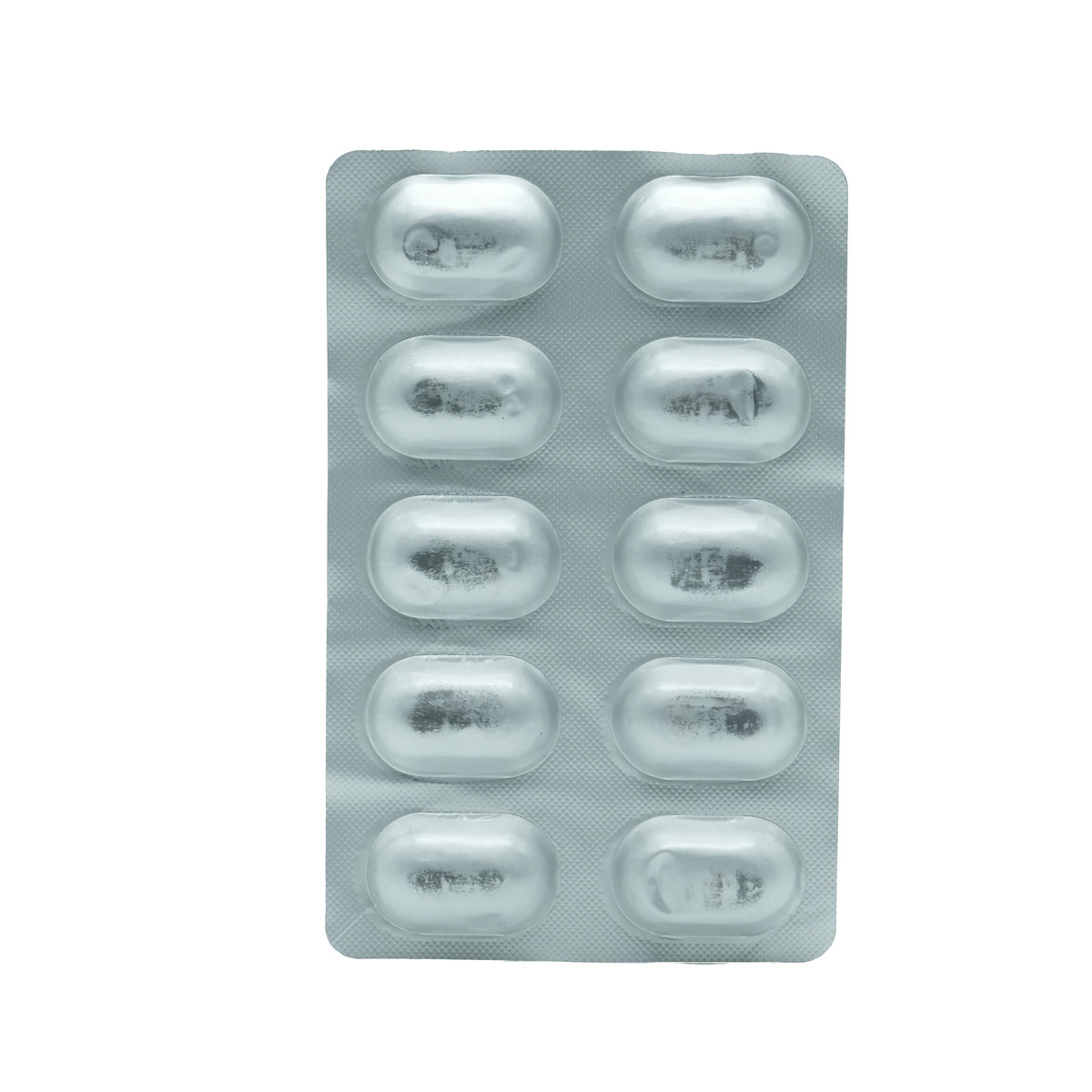
MRP ₹112.5
(Inclusive of all Taxes)
₹16.9 Cashback (15%)
know your delivery time
Provide Delivery Location
Manufacturer/Marketer :
Consume Type :
Expires on or after :
Return Policy :

Secure Payment

Trusted by 8 Crore Indians

Genuine Products
Therapeutic Class
Country of origin
Author Details
We provide you with authentic, trustworthy and relevant information
Disclaimer
Alcohol
Safe if prescribed
You are recommended not to consume alcohol along with PAINACT SP TABLET to avoid unpleasant side-effects.
Pregnancy
Consult your doctor
PAINACT SP TABLET to be taken with caution, specially if you are pregnant. Your doctor may adjust your dose depending upon your conditions, if he/she feels the benefits over weigh the risks.
Breast Feeding
Consult your doctor
Only consume PAINACT SP TABLET if it has been prescribed by a doctor as the safety data in nursing mothers is lacking. Inform your doctor if you are breastfeeding.
Driving
Safe if prescribed
PAINACT SP TABLET may affect driving as it causes dizziness.
Liver
Consult your doctor
PAINACT SP TABLET to be taken with caution, especially if you have a history of liver diseases/conditions. Dose may have to be adjusted by your doctor.
Kidney
Consult your doctor
PAINACT SP TABLET to be taken with caution, especially if you have a history of Kidney diseases/conditions. Dose may have to be adjusted by your doctor.
Children
Safe if prescribed
PAINACT SP TABLET should not be given to children without prescription of a child specialist. Your doctor will determine the dose of the medicine depending on your child's weight and severity of condition.
Product Substitutes
About PAINACT SP TABLET
PAINACT SP TABLET belongs to the class of drugs known as 'non-steroidal anti-inflammatory drug' (NSAID). It is a fixed-dose combination composed of aceclofenac, paracetamol and serratiopeptidase. PAINACT SP TABLET is used in the reduction of pain and inflammation due to bone or soft tissue injury, resolution of postoperative inflammation, oedema (swollen tissue with fluid) and pain. Aceclofenac works by blocking the action of an enzyme known as cyclo-oxygenase (COX) which causes pain and swelling in the injured or damaged tissue. Paracetamol acts as a mild analgesic (pain reducer) and antipyretic (fever reducer) which enhances the pain relief action of aceclofenac. Serratiopeptidase is an enzyme which helps in the breakdown of a protein (fibrin) which is formed as a by-product of the clotted blood at the site of injury. It thus causes thinning of the fluids around the site of injury thereby making fluid drainage smoother in the swollen tissue.
Pain can be temporary (acute) or lifelong (chronic) in nature. Acute pain is for a short time caused by damage to the tissues of the muscle, bone or organs. While, chronic pain lasts for life long caused due to nerve damage, osteoarthritis and dental pain due to damage to the tooth nerve, infection, decay, extraction or injury. There are different types of musculoskeletal pain caused due to soft tissue (muscle, tendon and ligaments) injury. Extreme tissue pain and inflammation caused due to sprains, strains or trauma or post-surgery may require a prolonged amount of time to heal.
You can take PAINACT SP TABLET with food or without food. It should be swallowed whole with a glass of water. Do not chew, bite or break it. Your doctor will advise you on how often you take your tablets based on your medical condition. Most of the side effects of PAINACT SP TABLET do not require medical attention and gradually resolve over time. Common side effects include nausea, vomiting, indigestion, stomach pain etc. However, if the side effects are persistent, reach out to your doctor.
Try not to stop taking this medicine of your own. Do not take PAINACT SP TABLET if you are allergic to painkillers like aspirin, ibuprofen, naproxen, or diclofenac. It is not recommended for use in children. It is advisable not to exceed the recommended dose or duration of treatment.
Uses of PAINACT SP TABLET
Medicinal Benefits Mweb
Key Benefits
PAINACT SP TABLET consists of aceclofenac, paracetamol and serratiopeptidase. Aceclofenac works by blocking the action of an enzyme known as cyclo-oxygenase (COX) which causes pain and swelling at the injured or damaged tissue. Paracetamol acts as mild analgesic (pain reducer) and antipyretic (fever reducer) which enhances the pain relief action of aceclofenac. Serratiopeptidase causes thinning of the fluids around the site of injury thereby making fluid drainage smoother in the swollen tissue. Together these not only reduce pain and inflammation but also help in faster healing.
Directions for Use
Side Effects of PAINACT SP TABLET
Nausea
Stomach Pain
Loss of appetite
Diarrhoea
Stomach upset
Indigestion
Drug Warnings
Consumption of alcohol should be avoided during the treatment with PAINACT SP TABLET as it may lead to an increase in the risk of liver damage. Patients with stomach ulcers, gastric bleeding, severe heart failure and liver or kidney disease should not take PAINACT SP TABLET on their own. Besides this, it should be avoided during the last trimester of pregnancy, unless there are compelling reasons for doing so. If you have a severe allergy to painkillers like asthma, rhinitis, angioedema (swelling under the skin) or skin rashes, immediately stop taking PAINACT SP TABLET. Use with caution in pregnancy and breastfeeding. Do not self-administer PAINACT SP TABLET if you are pregnant or are nursing.
Drug-Drug Interactions
Drug-Drug Interactions
Login/Sign Up
Co-administration of Atenolol with Painact Sp Tablet could increase the risk of low blood pressure.
How to manage the interaction:
Although there is a possible interaction between Atenolol and Painact Sp Tablet, you can take these medicines together if prescribed by a doctor. Consult a doctor if you experience excessive sweating, shortness of breath, palpitations, or chest discomfort. Do not discontinue any medications without consulting a doctor.
Co-administration of Painact Sp Tablet may decrease the excretion rate of Oxazepam which could result in a higher serum level.
How to manage the interaction:
Although there is a possible interaction between Oxazepam and Painact Sp Tablet, you can take these medicines together if prescribed by a doctor. Do not stop using any medications without a doctor's advice.
Co-administration of ketamine and Painact Sp Tablet may decrease the effectiveness of Ketamine which could result in a higher blood level.
How to manage the interaction:
Although taking Ketamine and Painact Sp Tablet together can evidently cause an interaction, it can be taken if a doctor has suggested it. If you're feeling very sleepy or having trouble breathing, it's important to contact your doctor right away. Do not stop using any medications without a doctor's advice.
Co-administration of Teriflunomide with Painact Sp Tablet may increase the risk or severity of Liver problems.
How to manage the interaction:
Taking Painact Sp Tablet with Teriflunomide together can possibly result in an interaction, but it can be taken if a doctor has advised it. Do not discontinue any medications without consulting a doctor.
Co-administration of Painact Sp Tablet and Ketoconazole may increase the risk of liver injury.
How to manage the interaction:
Although there is a possible interaction between Painact Sp Tablet and Ketoconazole, you can take these medicines together if prescribed by a doctor. However, if you have joint pain or swelling, fever, chills, unusual bleeding or bruising, skin rash, itching, over-tiredness, nausea, vomiting, loss of appetite, stomach pain, dark-colored urine, light-colored stools, and/or yellowing of the skin or eyes, contact a doctor immediately as these may be signs and symptoms of liver damage. Do not discontinue the medication without consulting a doctor.
Co-administration of Painact Sp Tablet and Leflunomide may increase the risk of liver problems.
How to manage the interaction:
Although there is a possible interaction between Painact Sp Tablet and Leflunomide, they can be taken together if prescribed by a doctor. However, if you experience fever, chills, joint pain or swelling, unusual bleeding or bruising, skin rash, itching, less desire to eat, fatigue, nausea, vomiting, abdominal pain, or yellowing of the skin or eyes, contact a doctor immediately. Do not discontinue any medications without consulting a doctor.
Co-administration of Painact Sp Tablet and Valdecoxib may increase the risk or severity of adverse effects.
How to manage the interaction:
Although there is a possible interaction between Painact Sp Tablet and Valdecoxib, you can take these medicines together if prescribed by a doctor. However, if the side effects worsen, please consult a doctor.
Co-administration of Lomitapide and Painact Sp Tablet may increase the risk of severity of liver injury.
How to manage the interaction:
Although there is a possible interaction between Painact Sp Tablet and Lomitapide, you can take these medicines together if prescribed by a doctor. Do not stop using any medications without a doctor's advice.
Co-administration of Mipomersen with Painact Sp Tablet may increase the risk or severity of liver injury.
How to manage the interaction:
There may be a possibility of interaction between Painact Sp Tablet and Mipomersen, but it can be taken if prescribed by a doctor. Do not stop using any medications without talking to a doctor.
Drug-Food Interactions
Drug-Food Interactions
Login/Sign Up
Drug-Diseases Interactions
Drug-Diseases Interactions
Login/Sign Up
Drug-Drug Interactions Checker List
- NIMESULIDE
- OXYPHENBUTAZONE
- METAMIZOLE
- WARFARIN
Habit Forming
Special Advise
- Paracetamol is a component of PAINACT SP TABLET which can cause liver injury when in taken in large doses (usually more than 4 g/day). Concomitant use of alcohol is best avoided as it aggravates the liver toxicity.
Although PAINACT SP TABLET provides symptomatic relief in conditions like arthritis and may reduce the inflammation caused by these conditions, to achieve best results, it is strongly recommended remaining physically active as much as your condition allows. Adopting a healthy lifestyle coupled with healthy diet containing high proteins, is the mainstay of management of arthritic conditions.
Diet & Lifestyle Advise
Include more glucosamine, chondroitin sulphate, Vitamin D, calcium-enriched supplements. Besides this, turmeric and fish oils can help in reducing inflammation in the tissue.
Do not go for heavy exercise as it may increase your joint pain in arthritis. Instead, you can do stretching, low impact aerobic exercises like walking on a treadmill, bike riding and swimming. You can also strengthen your muscle strength by lifting light weights.
In the chronic conditions of arthritis or joint pain try to include fish like salmon, trout, tuna and sardines. These fishes are enriched with omega-3 fatty acids that minimum level of chemical called cytokines, which ramp up inflammation.
Your sitting posture is important especially when have pain and inflammation conditions. Try to sit as little as possible, and only for short time (10-15 min). Use back support like rolled-up towel at the back of your curve to minimize pain. Keep your knees and hips at a right angle. Besides this, you can use a footrest if required.
All Substitutes & Brand Comparisons
RX
Acco-PS Tablet 10's
Abettor Life Sciences Pvt Ltd
₹79.5
(₹7.16 per unit)
29% CHEAPERRX
Acefenac SP Tablet 10's
Medichem Pharmaceuticals India Pvt Ltd
₹79.5
(₹7.16 per unit)
29% CHEAPERRX
Acesun Sp Tablet 10s
Sunrise Pharmaceuticals Pvt Ltd
₹93.5
(₹8.42 per unit)
16% CHEAPER

Have a query?
Buy best C.n.s Drugs products by
Intas Pharmaceuticals Ltd
Sun Pharmaceutical Industries Ltd
Torrent Pharmaceuticals Ltd
Alkem Laboratories Ltd
Abbott India Ltd
Cipla Ltd
Alteus Biogenics Pvt Ltd
Micro Labs Ltd
Lupin Ltd
Ipca Laboratories Ltd
D D Pharmaceuticals Pvt Ltd
Icon Life Sciences
Mankind Pharma Pvt Ltd
Tripada Healthcare Pvt Ltd
Arinna Lifesciences Ltd
Linux Laboratories Pvt Ltd
East West Pharma India Pvt Ltd
La Renon Healthcare Pvt Ltd
Talent India Pvt Ltd
Tas Med India Pvt Ltd
Zydus Healthcare Ltd
Cnx Health Care Pvt Ltd
Eris Life Sciences Ltd
Leeford Healthcare Ltd
Emcure Pharmaceuticals Ltd
Macleods Pharmaceuticals Ltd
Sigmund Promedica
Aristo Pharmaceuticals Pvt Ltd
Dr Reddy's Laboratories Ltd
Troikaa Pharmaceuticals Ltd
Consern Pharma Ltd
Zydus Cadila
Shine Pharmaceuticals Ltd
Wockhardt Ltd
Ardent Life Sciences Pvt Ltd
Crescent Formulations Pvt Ltd
Theo Pharma Pvt Ltd
Reliance Formulation Pvt Ltd
Ikon Pharmaceuticals Pvt Ltd
Propel Healthcare
Neon Laboratories Ltd
Jagsam Pharma
Msn Laboratories Pvt Ltd
Morepen Laboratories Ltd
Pulse Pharmaceuticals
Sanofi India Ltd
Med Manor Organics Pvt Ltd
Hetero Healthcare Pvt Ltd
Novartis India Ltd
Crescent Therapeutics Ltd
Elder Pharmaceuticals Ltd
Solvate Laboratories Pvt Ltd
Akumentis Healthcare Ltd
Mova Pharmaceutical Pvt Ltd
Psyco Remedies Ltd
Tripada Lifecare Pvt Ltd
Ajanta Pharma Ltd
Cyrus Remedies Pvt Ltd
Medishri Healthcare Pvt Ltd
Cadila Healthcare Ltd
Glenmark Pharmaceuticals Ltd
Matteo Health Care Pvt Ltd
Hbc Life Sciences Pvt Ltd
Lyf Healthcare
Matias Healthcare Pvt Ltd
Mesmer Pharmaceuticals
Alembic Pharmaceuticals Ltd
Capital Pharma
Crescent Pharmaceuticals
Medopharm Pvt Ltd
Alniche Life Sciences Pvt Ltd
Kivi Labs Ltd
Talin Remedies Pvt Ltd
USV Pvt Ltd
Quince Lifesciences Pvt Ltd
Solis Pharmaceuticals
Infivis Life Care
Zuventus Healthcare Ltd
Cadila Pharmaceuticals Ltd
Pfizer Ltd
Wallace Pharmaceuticals Pvt Ltd
A N Pharmacia Laboratories Pvt Ltd
Blue Cross Laboratories Pvt Ltd
Jenburkt Pharmaceuticals Ltd
Lia Life Sciences Pvt Ltd
Mano Pharma
Medley Pharmaceuticals Ltd
Primus Remedies Pvt Ltd
FDC Ltd
Maneesh Pharmaceuticals Ltd
Apex Laboratories Pvt Ltd
Gagnant Healthcare Pvt Ltd
Ozone Pharmaceuticals Ltd
RPG Life Sciences Ltd
Strides Shasun Ltd
Unichem International
GlaxoSmithKline Pharmaceuticals Ltd
Kuresys Labs Pvt Ltd
LA Pharma
Trion Pharma India Llp

.jpg?tr=q-85)


